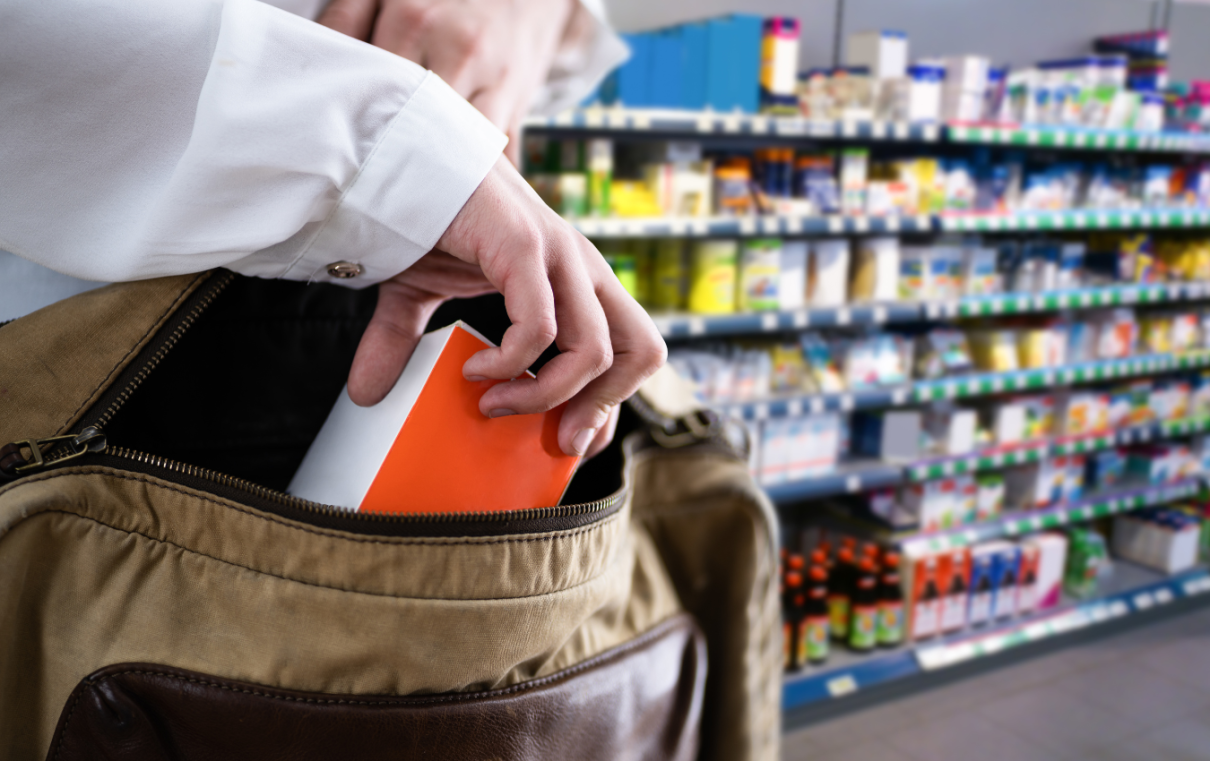Home » How to Make Your Packaging a Theft Deterrent
How to Make Your Packaging a Theft Deterrent

In the world of retail, theft and shoplifting pose significant challenges, costing businesses billions of dollars each year. While it may not be possible to entirely eliminate theft, smart packaging strategies can help deter potential thieves and reduce the risk of loss. In this blog, we’ll explore effective techniques and considerations to make your packaging a theft deterrent.
Understanding the Challenge
Before delving into solutions, it’s crucial to understand the nature of theft in retail and its impact:
Shoplifting:
- Shoplifting is one of the most common forms of theft, involving customers attempting to leave a store with unpaid merchandise.
Employee Theft:
- Internal theft by employees, including pilfering products or tampering with inventory, can also be a significant concern.
Supply Chain Theft:
- Theft can occur at various points in the supply chain, from the manufacturing facility to distribution centers, making it important to safeguard products at all stages.
Packaging as a Theft Deterrent
Packaging can play a crucial role in deterring theft, both within stores and throughout the supply chain. Here are strategies to consider:
Transparent Packaging:
Clear packaging allows customers and store personnel to easily see the contents of a package. This transparency can discourage shoplifters, as concealed theft becomes more challenging.
Secure Seals and Closures:
Implement tamper-evident seals or closures that clearly show if a package has been opened or tampered with. These security features discourage both shoplifters and internal theft.
Packaging Size and Shape:
Unique packaging shapes or larger dimensions can make it more challenging for thieves to conceal items on them or in bags.
RFID Technology:
Consider incorporating Radio-Frequency Identification (RFID) tags into packaging. These tags can trigger alarms if someone attempts to leave a store with an unpaid product, acting as a powerful deterrent.
Serialized Barcodes:
Use serialized barcodes or QR codes on packaging, making it easier to track and trace individual items, which can deter supply chain theft and resale of stolen goods.
Anti-Theft Ink:
Some packaging features ink that is released when tampered with, staining the product or the thief’s clothing, serving as both a deterrent and a means of identifying stolen items.
Employee Training:
Train employees to recognize suspicious behavior and respond appropriately. Visible staff presence can deter potential thieves.
Collaboration with Law Enforcement:
Establish relationships with local law enforcement agencies to share information about theft trends and seek assistance in addressing organized retail crime.
Considerations for E-commerce
In the digital age, e-commerce presents its own set of challenges related to theft and fraud. Here’s how packaging can address these concerns:
Secure Packaging for Shipments:
- Ensure that products are securely packaged for shipping, making it difficult for thieves to access and steal items during transit.
Delivery Confirmation:
- Implement delivery confirmation mechanisms, such as requiring a signature, to minimize porch theft and unauthorized package retrieval.
Tracking and Tracing:
- Provide customers with tracking information so they can monitor their shipments, reducing the likelihood of disputes and fraudulent claims.
Conclusion
While no packaging can guarantee complete theft prevention, a strategic approach to packaging design and security features can serve as a powerful deterrent. By making it more challenging for thieves to steal or tamper with products, businesses can protect their assets, reduce losses, and create a safer shopping environment. Whether in physical retail spaces or the e-commerce landscape, theft deterrent packaging is an investment in safeguarding your products and preserving profitability.
Holiday e-commerce volumes push packaging to its limits. Trailers are overfilled, handling is rushed, and parcels endure more drops and vibration than usual. Without proper
The holiday season is the busiest—and most demanding—time of year for e-commerce packaging. Higher shipping volumes, faster turnaround times, and rougher handling conditions increase the
During the holiday season, packaging does more than protect—it directly influences how recipients perceive the gift inside. For e-commerce buyers, the right packaging design can
Holiday e-commerce packaging carries two expectations: delivering a memorable unboxing experience and meeting sustainability standards. Shoppers want festive branding, but they also expect recyclability and
Holiday e-commerce volumes can overwhelm manual packing operations. Automation offers a scalable way to meet peak demand while maintaining accuracy, speed, and consistency. For packaging
Point-of-purchase (POP) displays do more than attract shoppers—they must also survive the complexities of modern supply chains. From manufacturing and warehousing to transportation and in-store
Home » How to Make Your Packaging a Theft Deterrent
Selecting the right stretch film is essential for ensuring the stability, safety, and integrity of your products during storage and transit. Stretch film plays a
In the world of retail, theft and shoplifting pose significant challenges, costing businesses billions of dollars each year. While it may not be possible to
Polyvinyl chloride, commonly known as PVC, is a widely used plastic in the packaging industry, celebrated for its versatility and durability. PVC’s unique properties make